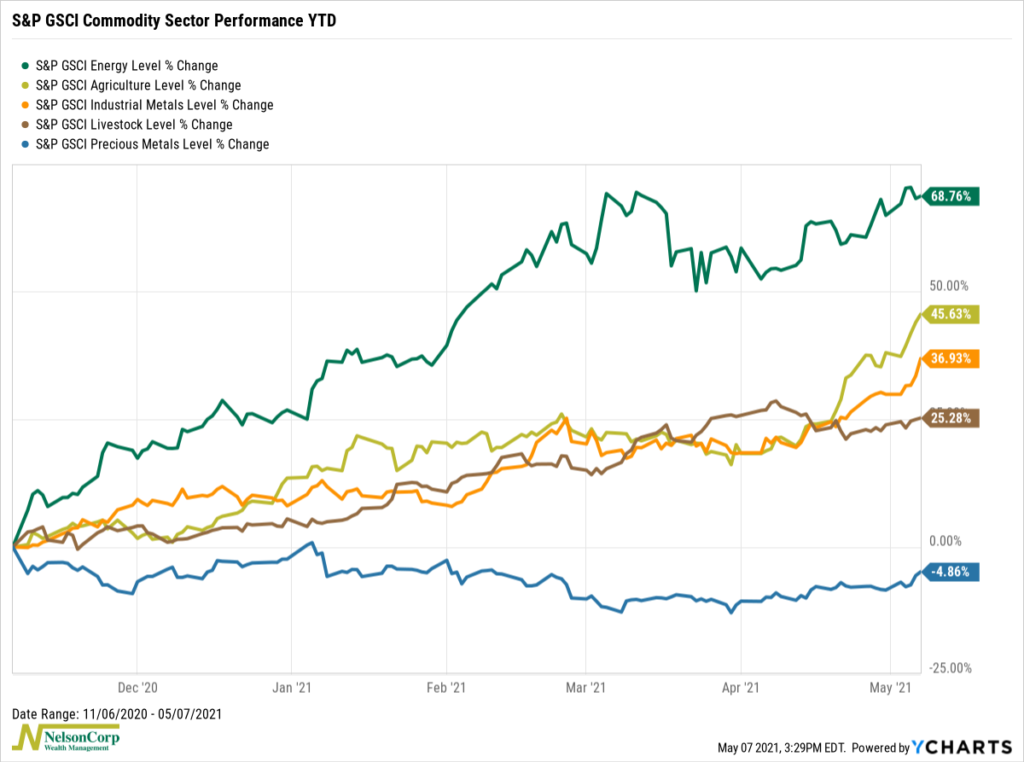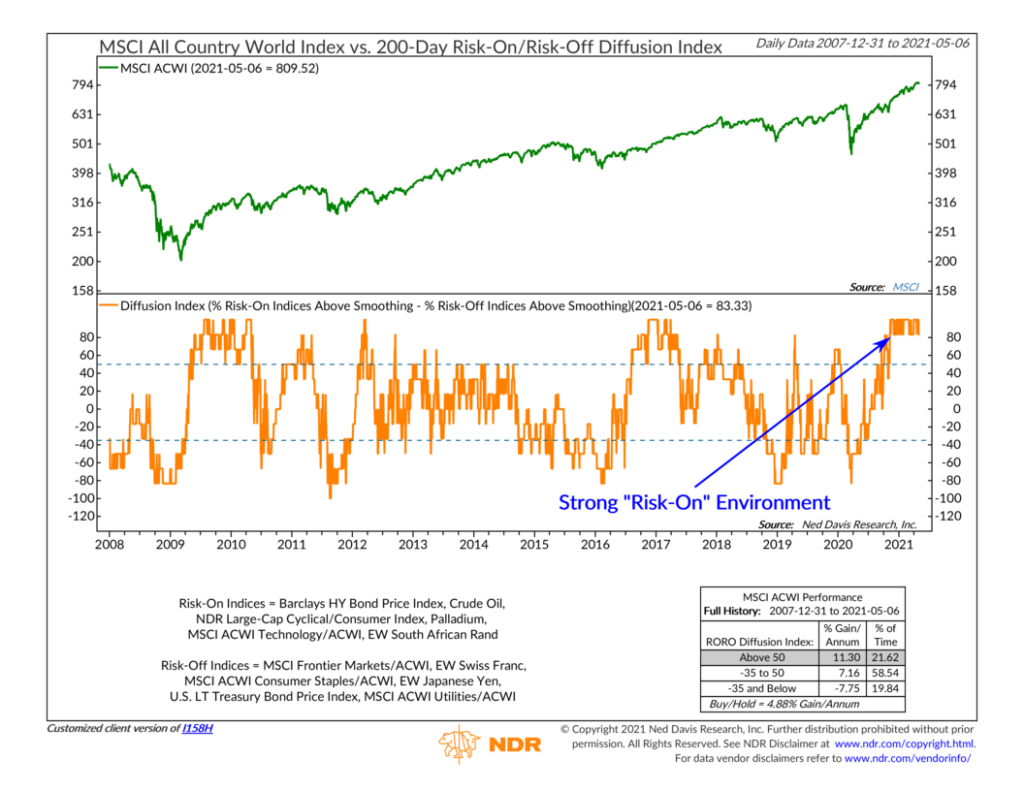OVERVIEW
The major U.S. stock indexes were mixed last week, with the S&P 500 climbing 1.23%, the Dow rising 2.67%, and the Nasdaq falling 1.51%.
As evidenced by the decline of the tech-heavy Nasdaq, growth stocks were the main losers for the week, falling about 1.12% overall. Value, however, rose 2.81%, and small-cap stocks notched gains over 2.13%.
In the foreign markets, developed countries saw gains of 2.46%. Emerging markets, however, just managed to stay positive with a 0.07% weekly gain.
Bond prices rose across the board as the yield on the U.S. 10-year Treasury note fell to 1.58% from 1.63% a week earlier. Long-term Treasuries and TIPS both rose about 0.6%, while investment-grade bonds notched gains of about 0.5%, high-yield bonds rose 0.3%, and municipal bonds gained about 0.1%.
Real estate was down around 0.65% for the week. Commodities, however, rose broadly by about 3.7%. Oil rose 2.68%, gold climbed 3.62%, and corn shot up about 8.8%.
Helping commodities was the 1.26% decline in the U.S. dollar for the week.
KEY CONSIDERATIONS
RO/RO Says Let’s Go – The financial markets continue to price in a robust economic recovery not only in the U.S. but around the world. So, if it seems like everything tied to the physical economy has lately been going up, up, up, it is because they have.
One of the areas really on fire right now is commodities. The chart below shows the performance of the five major commodity sectors that comprise the S&P Goldman Sachs Commodity Index (GSCI) over the past six months. Fueled by an abundance of global liquidity and a kinked supply chain, prices have surged in almost every sector. Only precious metals—including the likes of gold and silver—have fallen during this period.

The knock-on effect of this strong performance from commodities is that it’s helping sustain the persistent “Risk-On” sentiment we have seen lately. We measure this with something called the Risk-On Index—a composite of economically sensitive indexes that tend to go up when global stocks go up. Interestingly, three of the six indexes that make up the index are directly tied to or influenced by commodities.
The first and most obvious one is crude oil, which has had a monster run over the past six months after collapsing in the early stages of the pandemic. Plus, gasoline demand tends to increase during the summer months, so price pressures will likely stay high in the foreseeable future.
The second is Palladium, a precious metal that is used more for industrial uses. It has been particularly strong lately and, notably, is excluded from the S&P GSCI sectors mentioned above.
And the final one is the South African Rand. The commodity export business is an integral component of South Africa’s economy; therefore, its currency tends to appreciate when commodity prices rise.
Add in the strong performance from large-cap cyclical stocks and high-yield (junk) bonds, and we get a Risk-On Index that is roughly 83% bullish (i.e., 5 out of the 6 Risk-On indexes are in technically defined uptrends).

The flip side of the Risk-On Index is the Risk-Off Index, which comprises six indexes that tend to be strong when global stocks are weak. None of these indexes are currently in the technical definition of an uptrend. Therefore, when we add the Risk-Off Index to the Risk-On Index, we get a composite reading that is very much bullish on global stocks—and has been that way for many months now.
This risk-on/risk-off analysis, which we call RO/RO for short, is inherently a price-based measure. This makes it a powerful tool in our toolbox because, at the end of the day, we feel price is the most important data point. By looking at the price movements of various indexes that are strongly positively or inversely correlated with the global stocks, the RO/RO ratio can make sure we stay on the right side of the market’s big moves.
This is intended for informational purposes only and should not be used as the primary basis for an investment decision. Consult an advisor for your personal situation.
Indices mentioned are unmanaged, do not incur fees, and cannot be invested into directly.
Past performance does not guarantee future results.
